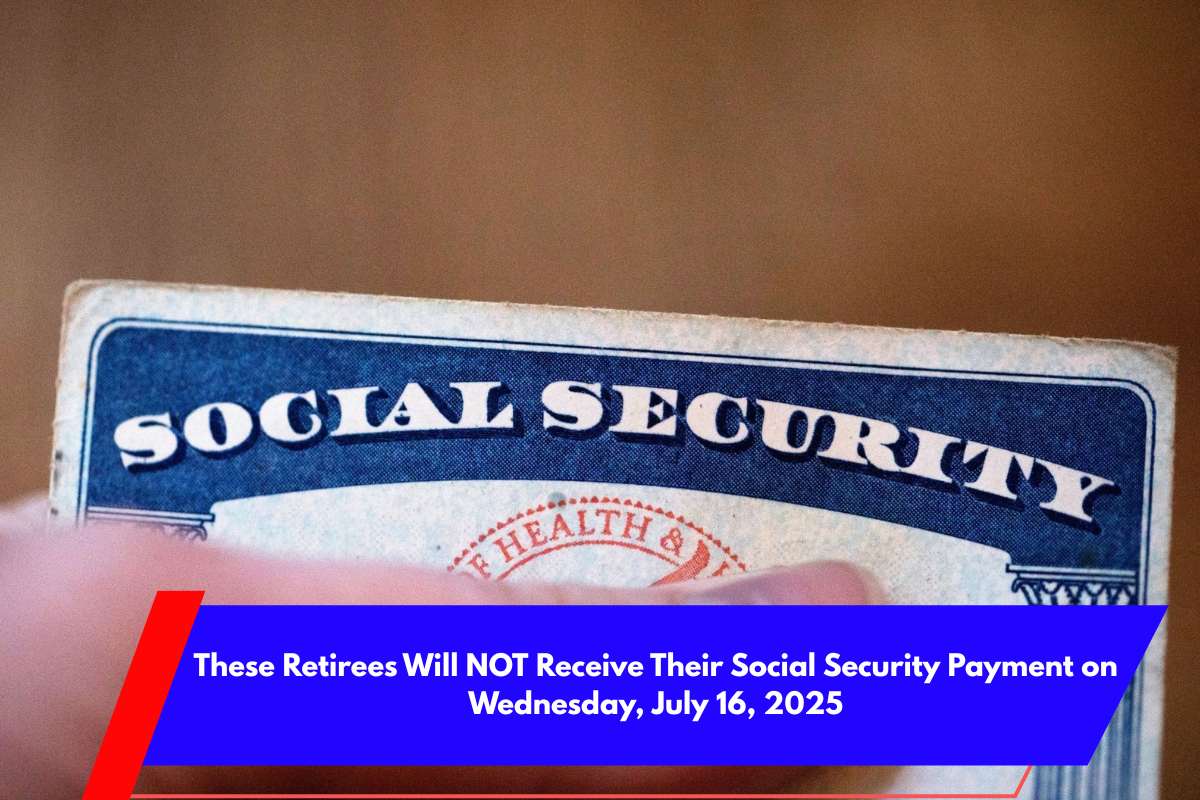The Social Security Administration (SSA), under the leadership of new Commissioner Frank Bisignano, has touted “historic” improvements in customer service, claiming advancements in the Social Security Fairness Act, updates to the 1-800 hotline, and a revamped website. Bisignano recently promised the agency would innovate and work smarter to meet the needs of its beneficiaries.
However, the reality on the ground appears to be quite different. While the SSA is emphasizing optimism and efficiency, employees at local offices are reporting increased workloads, more pressure on staff, and significant staff reductions.
In 2025, the SSA plans to cut 7,000 jobs, even as the demands for its services continue to grow. This move seems to conflict with the optimistic vision presented by the SSA, creating a perception of unrealistic expectations.
Staff Reassignments and the Strain on Customer Service
One of the most immediate changes has been the reassignment of employees from local offices to the national 1-800 hotline. Around 1,000 customer service representatives were moved from their regular duties to support the hotline.
The employees affected reported that there was no prior notice, and they were uncertain about how long this would last. This dramatic shift in staffing has been called unsustainable by union leaders, highlighting the need for more staff, not just technological tools like artificial intelligence (AI), to address customer service issues.
Despite the SSA’s claims that these measures represent progress, many employees and union leaders see this as a desperate response to chronic understaffing. Jessica LaPointe, president of the American Federation of Government Employees (AFGE) Council 220, emphasized that these staffing moves were “robbing Peter to pay Paul.” She argued that the problem of customer service is not something AI or better phone systems can resolve without adequate human support.
Unclaimed 2021 Tax Refunds and Processing Delays
In addition to the challenges faced by staff, there is another layer of complexity surrounding Social Security benefits. The 2025 Old-Age, Survivors, and Disability Insurance (OASDI) report revealed that some beneficiaries who filed late for their 2021 tax refunds could still be waiting for payments.
As of April 15, 2025, over 1.1 million people nationwide had unclaimed refunds from 2021. These refunds are now being processed, but delays are inevitable, especially if the return requires extra scrutiny, such as verifying income or eligibility for Earned Income Tax Credit (EITC).
This backlog of unclaimed refunds highlights one of the ongoing struggles for the SSA: despite improvements in technology, the human element is still necessary for verifying claims and processing complex cases.
Social Security Fund Solvency and Long-Term Concerns
Beyond customer service challenges, there are more pressing financial concerns about Social Security’s future. The 2025 Trustees’ Report indicated that the Old-Age and Survivors Insurance (OASI) Trust Fund will be able to fully pay benefits only until 2033. After that, it is projected that the fund will only be able to pay 77% of scheduled benefits
. This means that a person currently receiving $1,000 per month could see their payment drop to approximately $770 after 2033, unless Congress makes changes to the system.
On a more positive note, Disability Insurance (SSDI) benefits are projected to remain fully funded until at least 2099, providing some relief for those relying on this part of Social Security.
Medicare also faces funding challenges, with the Hospital Insurance Trust Fund (HI) projected to be depleted by 2033, affecting Medicare Part A benefits. However, Medicare Part B and Part D, which cover outpatient and prescription drug costs, are funded through premiums paid by enrollees and contributions from general Treasury revenues, ensuring their continued funding.
Impact on Federal Retirees and the Average Retirement Benefit
For federal retirees, Social Security remains a vital part of retirement income. In addition to the Federal Employees Retirement System (FERS), Social Security provides a significant portion of income, with estimates suggesting that it represents one-third of retirement income for federal workers under FERS.
The average monthly Social Security retirement benefit in January 2025 was $1,976 (approximately $23,712 annually), which is about 150% of the federal poverty level for the 48 contiguous states.
According to Pew Research Center analysis, 75% of Social Security benefits go to retired workers and their immediate dependents. The remaining 25% is split between surviving family members and individuals with disabilities.












